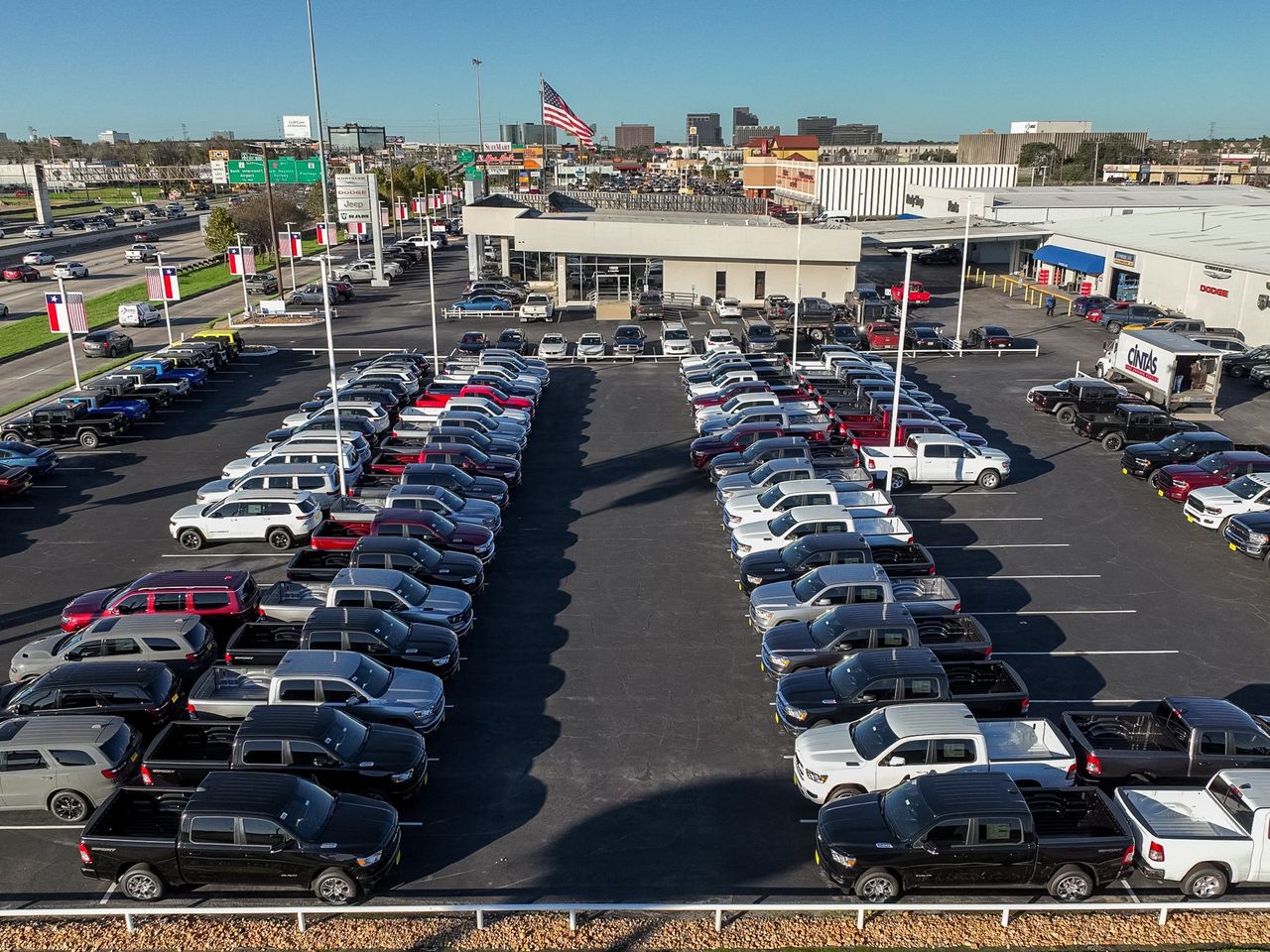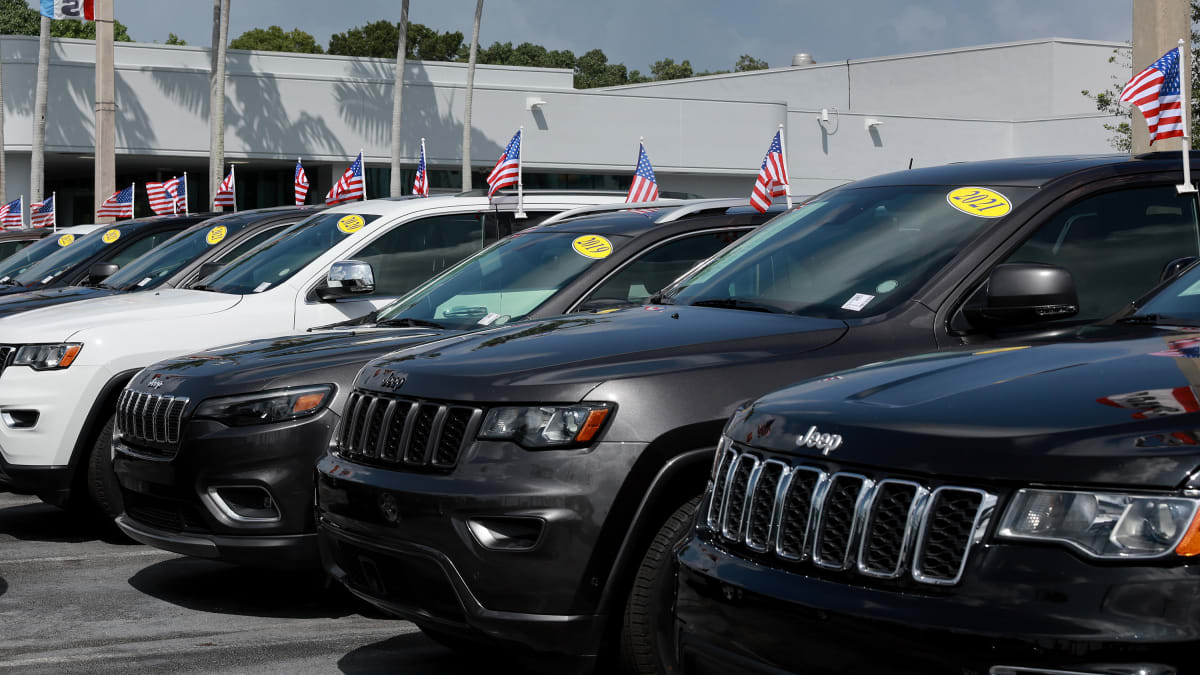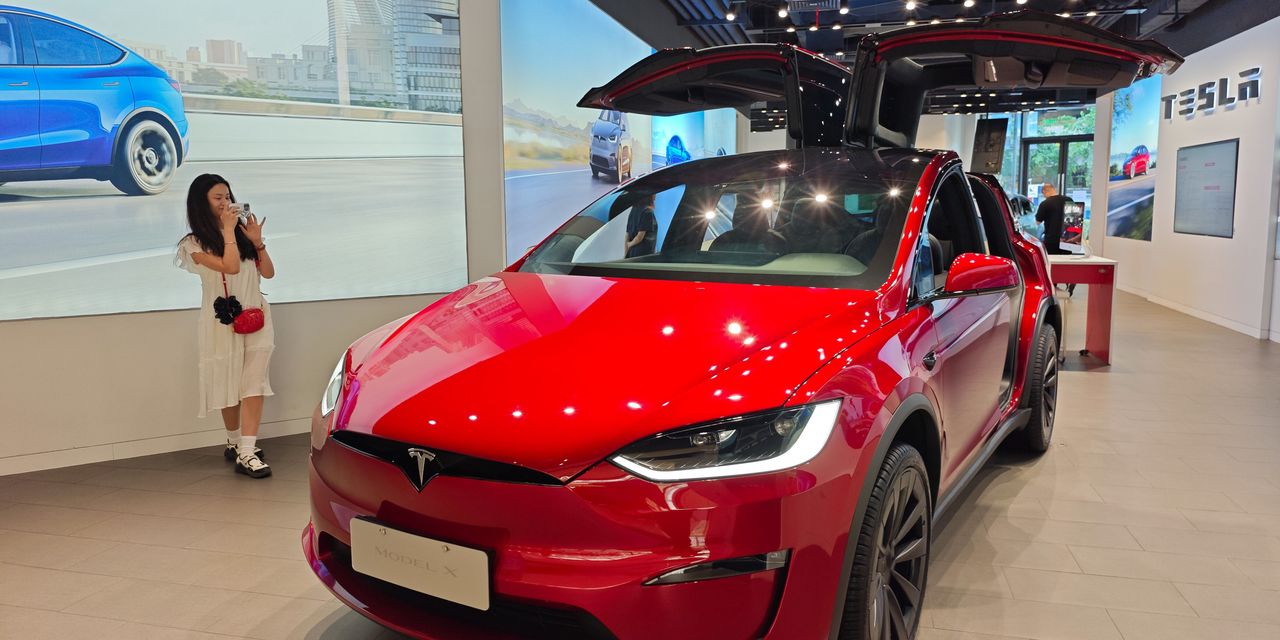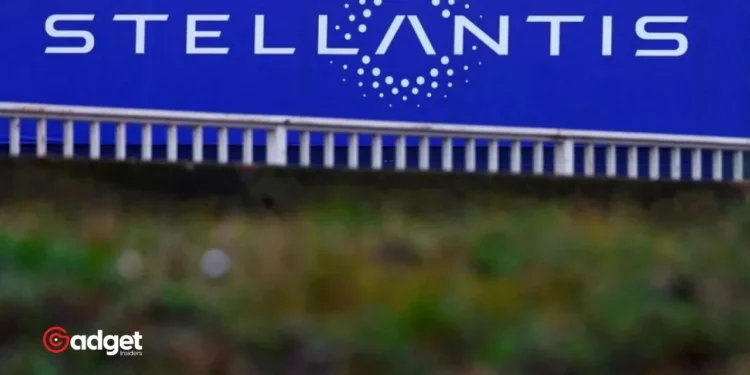At a recent gathering in Detroit, dealers of Jeep and Ram vehicles voiced their concerns to Stellantis executives about the burgeoning inventories on their lots. The meeting, intended as a showcase for upcoming models, quickly became a platform for dealers to express their frustrations over unsold stocks, which have grown to an unwieldy three-month supply, significantly above the industry norm.

Dealers Call for Price Adjustments Amidst Falling Market Share
The core issue, according to the dealers, lies in Stellantis’s steadfast pricing strategy. Despite high interest rates that are inflating monthly payments, prices for Jeep and Ram vehicles remain elevated compared to the discounts offered by competitors. This has contributed to Stellantis’s U.S. market share dropping to 7.7% in April from around 10% last year and 12.5% in 2020. “Market share is on our minds. Profitability is on our minds,” said Randy Dye, a Florida-based dealer.
In response, Stellantis has started to implement price cuts and introduced dealer incentives, such as bonuses for accepting more cars from the factory. These measures aim to revitalize sales and manage the inventory glut. “We are seeing solid improvement over last month with these programs,” a Stellantis spokesperson commented.
As the parent company of eight car brands in Mzansi, Stellantis is responsible for the largest number of brands distributed under a single banner. Now, big plans to make significant changes to its dealer model… Read more online here: https://t.co/zOpttlTlrm@Stellantis pic.twitter.com/jeTR7HjJH2
— Driven Magazine (@DrivenMotoring) May 20, 2024
Challenging Market Dynamics
The auto industry is currently undergoing a significant recalibration as it recovers from pandemic-induced supply chain disruptions. U.S. consumers, who were previously willing to pay premium prices, are now seeing more incentives like cash-back offers. However, Stellantis is cautious about allowing inventory levels to return to pre-pandemic levels, which could necessitate aggressive discounting to clear stocks.

Carlos Tavares, CEO of Stellantis, has consistently emphasized cost control and maintaining profit margins, especially as the company invests heavily in transitioning to electric vehicles. Yet, dealers argue that the company’s high sticker prices, particularly for the Ram trucks, which recently surpassed Ford’s F-150 in price, are eroding its market share.
New Strategies and Leadership Changes
In a bid to address these challenges, Stellantis has reduced prices on several models, including the Chrysler Pacifica and the Jeep Grand Cherokee, and significantly cut prices on some heavy-duty Ram pickups. Furthermore, the company recently introduced a new sales program that offers dealers cash bonuses for hitting sales targets, a move aimed at boosting dealer profitability and encouraging them to accept more vehicle shipments.

This strategy was reinforced during a May dealer meeting where Jason Stoicevich, then head of U.S. sales at Stellantis, explained the innovative nature of the bonus program. “I don’t know that this has ever been done in the industry,” he stated. However, shortly after, Stoicevich left the company, and Matt Thompson took over the role, signaling a potential shift in how Stellantis might engage with its dealers moving forward.
As Stellantis navigates through these turbulent times, the company remains focused on reclaiming its market share and adapting to the evolving market conditions. Natalie Knight, Stellantis’s CFO, underscored this in a recent call with analysts, stating, “We have some things to prove before we’re going to get there,” referring to the company’s aim to return to double-digit market share figures.
This ongoing dialogue between Stellantis and its dealers highlights the critical balance automakers must strike between maintaining profitability and satisfying their network of dealers who are the direct link to the consumer market.










